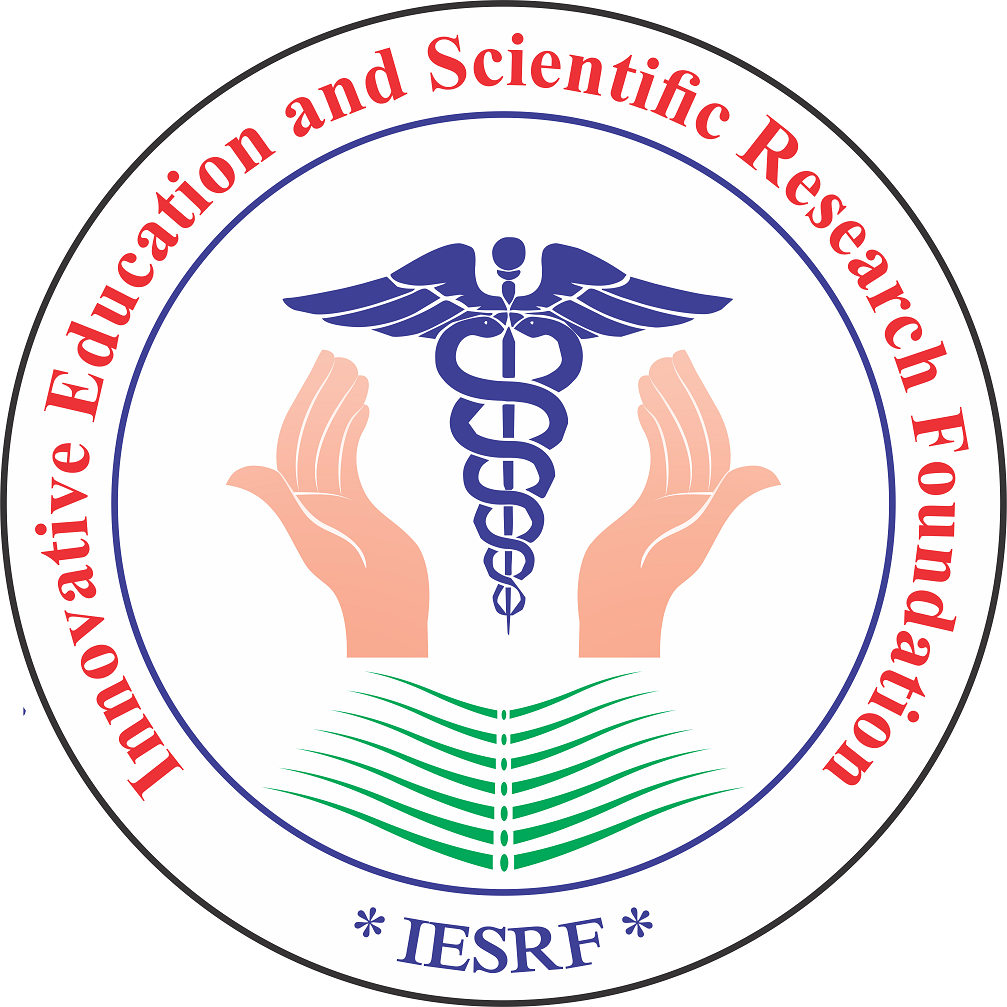Ahead of Print
Polycystic Ovarian Syndrome, Aetiology, Pathophysiology, Current Management and Future Therapeutics with Emphasis on Adolescent Girls.
Authors: Mrs Hemalatha M, Dr Poonam Sharma, Dr S P Subashini
DOI: 10.18231/j.ijogr.8970.1762169082
Keywords: Key words: Polycystic ovarian Syndrome, Aetiology, Pathophysiology, future therapeutics
Abstract: Abstract Polycystic ovary syndrome (PCOS) is a common hormonal condition that affects women of reproductive age. It generally appears in adolescence and the symptoms fluctuate over a period of time. An estimated 5 – 20% of reproductive-aged women affected with Polycystic ovary syndrome (PCOS). Worldwide about 70% of affected women remain undiagnosed. PCOS is a leading cause of infertility. PCOS is a chronic condition and cannot be cured. PCOS can cause hormonal imbalances, irregular periods, excess androgen levels and cysts in the ovaries. Irregular periods, usually with a lack of ovulation, can make it difficult to become pregnant However, through lifestyle changes, medications and fertility treatments the symptoms can be improved. The cause of PCOS is unknown but women with a family history or type 2 diabetes are at higher risk. (WHO, 2023). The Rotterdam criteria for women are outlined to diagnose and confirm polycystic ovarian syndrome. Clinical signs of excess androgen, oligomenorrhoea or amenorrhoea are the features of PCOS, can be regarded as being “at risk for PCOS.” The disorder PCOS clinically is a complex condition with lifelong complications. This condition is more prevailing among reproductive age women. The characteristics symptoms and the diagnostic criteria on time are the most challenging aspect. Timely implementation and carrying out of PCOS management will reduce overall associated conditions and improve the quality of life. Further research studies are required on genetics and pathophysiology of PCOS for identifying and planning better strategies and therapeutic approaches. In order to delay the consequential long-term effect of the disease, significant effort should be taken on to investigate and improve the treatment measures. Various emerging therapies may have direct benefit in the management of the metabolic aspect of the metabolic aspect of PCOS; despite that clinical studies are required to examine its effectiveness as well as safety in women with PCOS. Further analysis is needed to prove the latent emerging therapeutics positively. Education, healthy lifestyle interventions, and therapeutic interventions focusing on symptoms are essential for the management of risk of PCOS and those with confirmed PCOS Diagnosis to improve the quality of life.
